Viral marketing spreads fast across audiences, moving from small exposure to massive reach. Unlike a virus, people chase viral marketing content because it entertains and connects.
Brands aiming for wide exposure often choose viral marketing campaigns to push their content, gain recognition on social media, and reach customers at scale.
Marketers today question whether chasing every viral trend creates lasting value or if social media viral campaigns work best when tied into a broader marketing plan.
As 2026 nears, both the theory and the real-world advantages of viral marketing deserve fresh attention, especially with brands seeking proven viral marketing examples.
What is Viral Marketing?
Viral marketing connects directly to products and services, relying on organic sharing that feels authentic and spreads naturally.
Viral marketing is a sales technique where products or services spread through word-of-mouth marketing, reaching new audiences at an exponential growth rate.
Viral marketing becomes “viral” when product-driven content escapes its initial target audience, reaching the wider population and showing up across social media campaigns worldwide.
Viral marketing serves many purposes: driving product promotion, sparking user-generated content, and strengthening brand image. The core rule is simple: create content worth discussing so satisfied customers share it.
While viral marketing campaigns try to spark virality, predicting success remains uncertain. That unpredictability is one disadvantage of viral marketing. Luck matters, but viral marketing campaigns gain better odds with strong planning and shareable content.
How Does Viral Marketing Work?
Current social media viral marketing mirrors meme propagation patterns. Though memes may not directly relate to products, their rapid spread demonstrates viral principles, as seen when phenomena like Baby Yoda or “OK boomer” suddenly dominate social feeds.
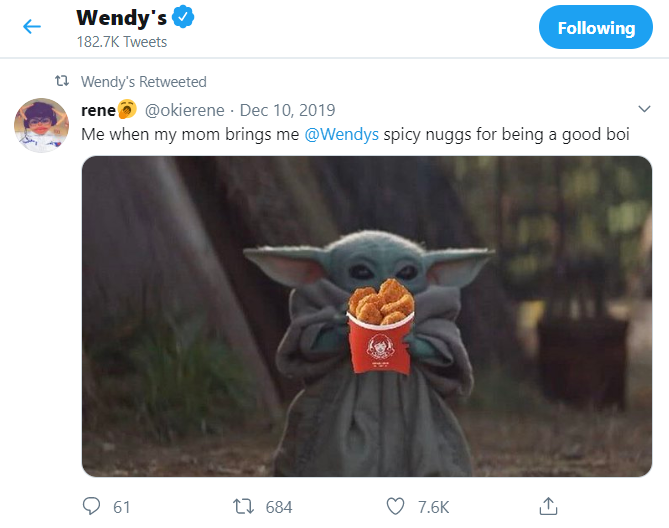
Viral memes spread because they spark emotional connections, driving shares and likes. Viral content marketing uses the same logic: people pass along brand content they find relatable. Viral campaigns carry huge potential, but only a few brands achieve the global influence they want.
How to Make Your Brand Go Viral?
1. Find the Right Target Audience for Marketing
Successful viral marketing starts with knowing the right target audience. Content spreads when people feel connected to the message. Build marketing personas that reflect demographics, behaviors, and motivations before launching viral campaigns.
Viral Personas should include demographics, social behavior, and interests. By learning what audiences care about, marketers can create viral marketing content with stronger sharing potential.
2. Marketing on the right social media platforms
Social media platforms are vital for viral marketing success. Brands should pick platforms where their target audience spends time. Instagram, TikTok, LinkedIn, and Facebook all support viral campaign launches.
Each platform demands custom content: Instagram favors reels and stories, TikTok thrives on trends, and Twitter (X) works best with short, catchy posts.
3. Capture attention fast with Marketing
Social media is crowded, so viral marketing content must grab attention instantly. Posts need to stop scrolling behavior with bold hooks that keep people engaged.
Content should feel bold, funny, inspiring, or even surprising. Short-form video dominates viral marketing today, with formats like Instagram Reels, TikTok clips, YouTube Shorts, and Facebook Watch driving fast engagement.
4. Post at the right times
Viral marketing campaigns also depend on timing. Posts spread faster when shared during peak activity hours. Best posting times vary by audience, platform, and behavior patterns.
5. Appeal to emotions
Viral marketing thrives on emotional triggers. Campaigns that spark laughter, nostalgia, or even outrage gain more shares. Emotional content increases memorability and drives viral campaign success.
Creating Viral Marketing Social Media Ad Campaigns
Paid social media campaigns can achieve viral marketing success alongside organic content when designed well. The following methods drive viral marketing social media ad campaigns:
1. Design Viral Marketing ads that don’t look like ads
Marketing ads work best when they don’t feel like ads. Shareable content entertains, educates, or inspires before introducing products or services.
2. Marketing Campaigns that Target Precisely, then Expand
Viral marketing campaigns begin with precise targeting. Once engagement grows, expand reach to audiences who share traits with early engagers.
3. Test multiple creative variations in Viral Campaigns
Experiment with visuals, headlines, and calls to action. Scale the ad variation that gains the strongest engagement.
4. Optimize for engagement first
Comments and shares push visibility higher. Algorithms reward content with strong interaction before conversions arrive.
5. Incorporate interactive elements in Viral Campaigns
Polls, stickers, and playable ads encourage users to interact, increasing both engagement time and viral potential.
6. Leverage retargeting for continued momentum
Reconnect with users who have already engaged. Multiple touchpoints reinforce the brand message and renew sharing behavior.
7. Monitor and respond in real-time to Viral Content
Quick responses to comments maintain momentum. Active monitoring boosts both user trust and algorithm favorability.
8. Scale what works immediately
When ads show viral traction, scale quickly. Larger budgets amplify fresh content before interest fades.
Paid ad campaigns need authentic, valuable messages to spark sharing. The strongest viral campaigns complement organic reach instead of replacing it.
Viral Content Examples That Made History
Beyond “The Dress” and the duct-taped banana, these viral content cases gained global attention by combining humor, emotional pull, and viral campaign strength:
1. Viral Campaign- The ALS Ice Bucket Challenge
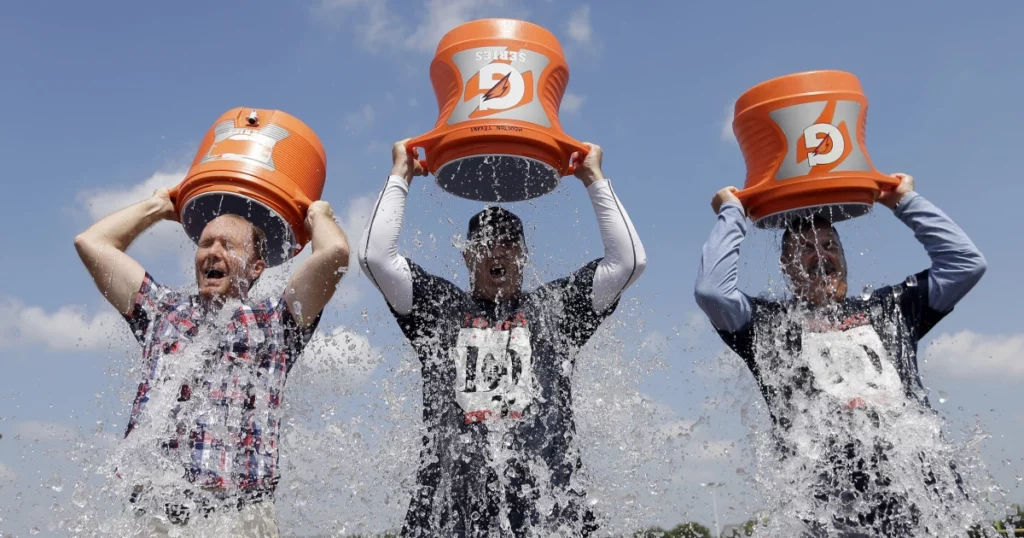
The viral Ice Bucket Challenge inspired people to pour ice water over themselves while nominating others or donating. This viral campaign raised $115 million for ALS and sparked 17 million videos across platforms.
2. Viral Campaign- Spotify Wrapped
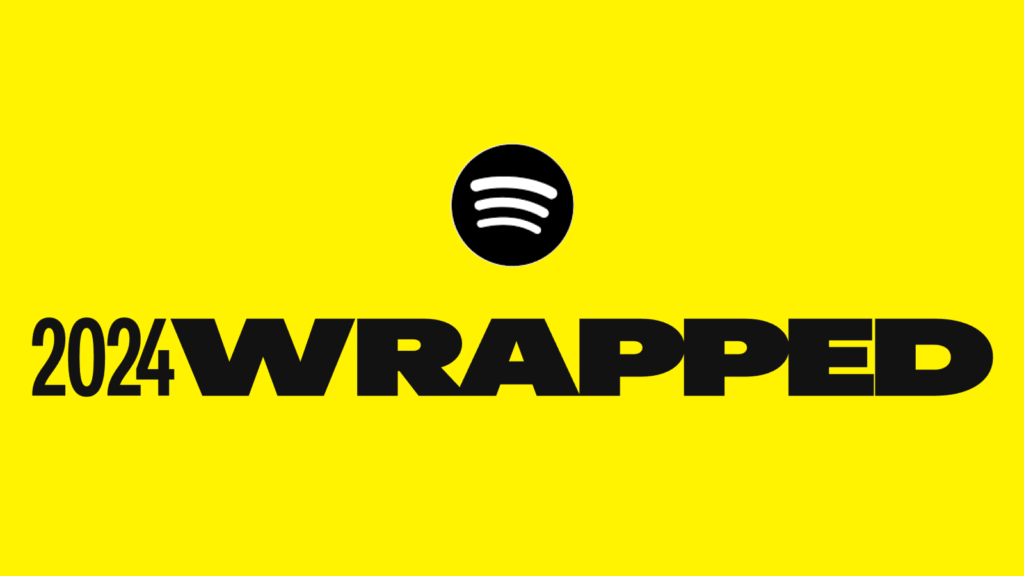
Spotify Wrapped delivers year-end music stats that users proudly share. This viral content example thrives on personalization, sparking organic word-of-mouth marketing every year.
3. Viral Campaign- Dollar Shave Club Launch Video
Dollar Shave Club’s viral marketing launch video starred the founder in a humorous monologue about razor subscriptions. It won millions of views by mixing humor, authenticity, and real customer frustrations.
4. Viral Campaign- Old Spice “The Man Your Man Could Smell Like”
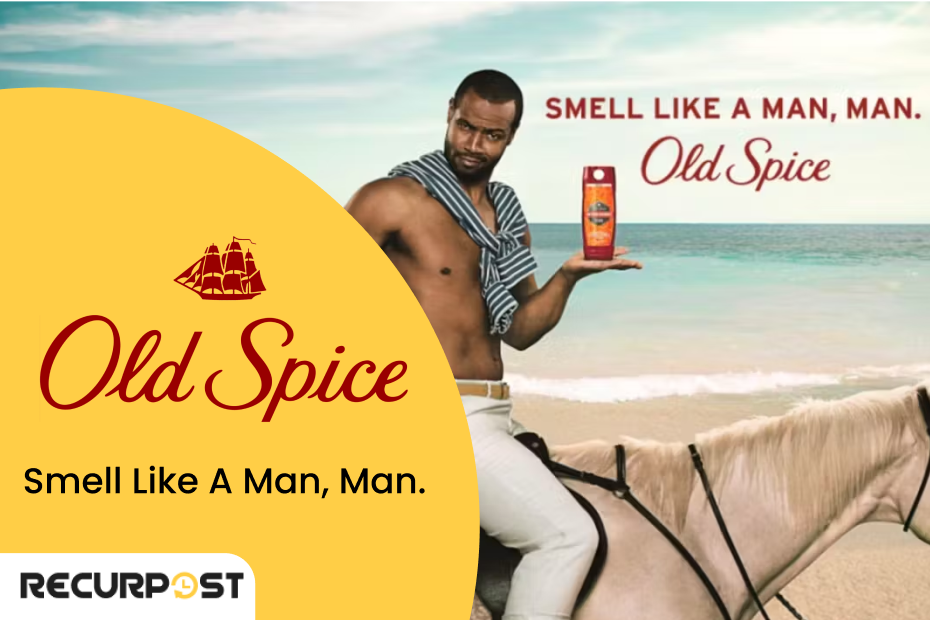
The Old Spice viral campaign featured Isaiah Mustafa in surreal, funny scenes. It expanded reach through personalized social media video replies, boosting viral engagement across platforms.
5. Viral Campaign- LinkedIn’s “Career Advice From Baby Boomers to Gen Z”
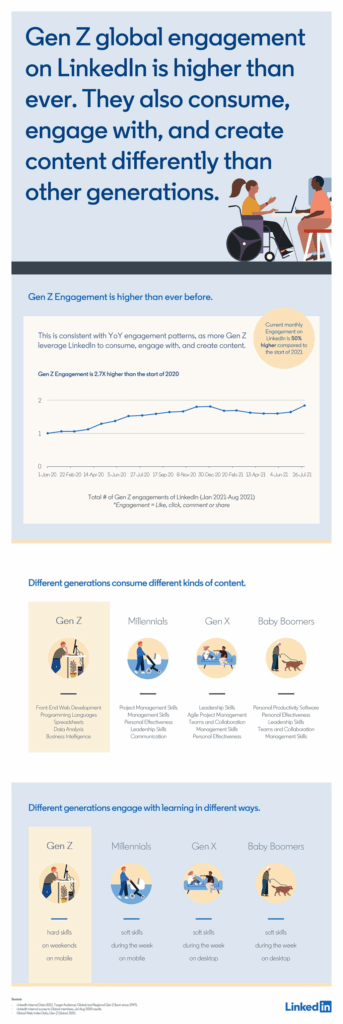
LinkedIn’s viral series paired baby boomers with Gen Z workers. The campaign went viral by bridging generational gaps, delivering real value, and creating emotional resonance.
6. Viral Campaign- Blendtec’s “Will It Blend?”
Blendtec’s viral series “Will It Blend?” showed the founder blending iPhones and marbles. The viral content proved product strength while keeping audiences hooked with fun and unexpected stunts.
These viral content examples worked because they mixed emotional pull, humor, simplicity, cultural relevance, and shareable calls to action that fueled viral campaigns worldwide.
Viral Marketing Ideas Worth Trying
These viral ideas have proven successful in the past and remain worth testing for modern campaigns:
Interactive Quizzes and Assessments on Viral Feed
Create industry-related quizzes or assessments that generate shareable results. For example, fitness brands can launch “What’s Your Workout Personality?” quizzes that spread across social media.
Branded Hashtag Challenges
Launch hashtag challenges that balance accessibility with originality. Viral content thrives when branded hashtags encourage mass participation while standing out from competitors.
Behind-the-Scenes Content
Share behind-the-scenes content showing product development, team culture, or daily activities. Viral campaigns gain traction when brands feel authentic and relatable
User-Generated Content Campaigns
Motivate customers to create product-focused content by offering page features or prizes. Viral campaigns often succeed when fueled by user-generated content.
Reaction Videos
Capture authentic reactions from first-time users or team members on video. Emotional content creates viral moments that spread quickly across social feeds.
Collaborative Content with Complementary Brands
Partner with complementary brands that share your target audience. Collaborative content strengthens viral campaigns by expanding reach across follower networks.
Social Media Takeovers
Allow influencers or customers to manage accounts temporarily. Marketing benefits from takeovers that introduce fresh perspectives and expose brands to new audiences.
Newsjacking with a Creative Twist
Add brand-specific perspectives to trending news. Like Oreo’s “Dunk in the Dark” Super Bowl tweet, viral content works best when timely content captures attention fast.
Apply these viral marketing approaches while maintaining brand voice consistency and core values, customizing each concept for specific audience resonance.
How to Make Viral Content: A Step-by-Step Approach
Creating viral content requires methodical planning and execution through these sequential steps:
1. Research trending topics and formats
Study current social media trends before creating content. Tools like Google Trends, BuzzSumo, and platform feeds highlight topics and formats with viral potential.
2. Identify emotional triggers for your audience
Viral marketing works best when content sparks strong emotions. Awe, humor, excitement, or even outrage drive more shares than low-arousal reactions.
3. Craft a compelling headline or hook
A viral campaign needs a bold hook. Headlines should spark curiosity or challenge beliefs, while videos must grab attention in the first 3–5 seconds.
4. Focus on visual appeal and quality of Viral Content
Viral content relies on strong visuals. High-quality images, design, or video production keep viral content appealing and shareable.
5. Keep the Viral Campaign simple and focused
Viral campaigns succeed with simplicity. One clear message is stronger than multiple competing ideas that dilute audience attention.
6. Make it easily shareable
Remove barriers that block sharing viral Content. Mobile-friendly content, small file sizes, and visible share buttons make viral marketing distribution seamless across platforms.
7. Add a unique perspective or twist in Viral Content
Viral content spreads faster when it feels fresh. Add a brand-specific perspective or surprising twist that makes it memorable.
8. Include a call to action
A viral campaign grows stronger with a clear call to action. Prompts like “Tag a friend” or “Share your results” encourage immediate sharing.
9. Time your release strategically
Viral content spreads better when released at peak hours. Factor in weekday, season, and cultural events for maximum reach.
10. Seed your content strategically
Viral campaigns often start with seeding. Share content with influencers or niche communities first to spark initial traction.
Virality is never guaranteed, but these steps give viral content a stronger chance of spreading widely.
Viral Marketing Tools
Viral marketing tools help campaigns gain traction. A scheduler like RecurPost can post at the right time, while
Content Research and Trend Analysis
BuzzSumo helps discover trending content, track competitors, and find influencers. It provides metrics on viral potential and highlights formats that perform best.
Visual Content Creation
Canva provides templates tailored for social media virality. With platform-specific sizes and design elements, it makes viral visuals simple to create without design expertise.
Social Media Management
RecurPost handles cross-platform scheduling and analytics. Its smart features choose posting times based on when audiences engage most, strengthening viral marketing campaigns.
Brand Monitoring
Mention tracks brand mentions across social, blogs, and forums. Real-time alerts help brands engage instantly when viral marketing content gains traction.
Video Optimization
TubeBuddy improves YouTube performance with keyword research, tag suggestions, and A/B testing. It helps viral videos surface by aligning with trends and user searches.
Analytics and Measurement
Google Analytics and platform insights track engagement, traffic, and conversions. These tools show viral content ROI and guide improvements for future campaigns.
Viral Marketing Strategies that Work
Viral marketing has changed over the past decade, with some campaigns standing out for extraordinary results.
Viral campaigns often succeed through humor and emotional impact, leaving lasting impressions on audiences.
A viral phenomenon emerged when Caitlin McNeill posted “The Dress” on Tumblr, sparking debate about its colors and dominating social media feeds.
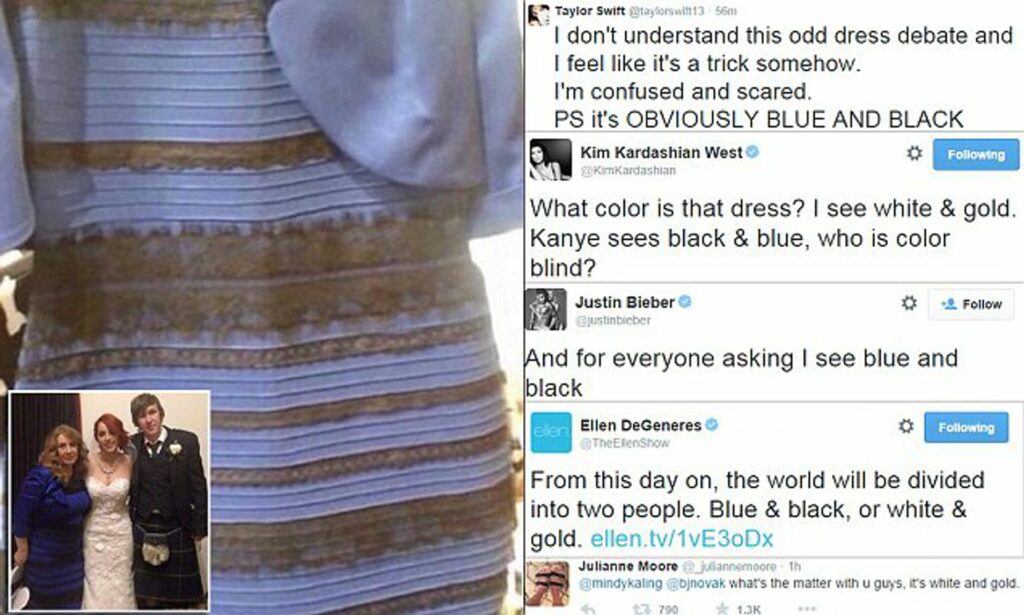
Brands jumped in with creative responses, generating viral buzz, shares, and retweets that boosted audience engagement.
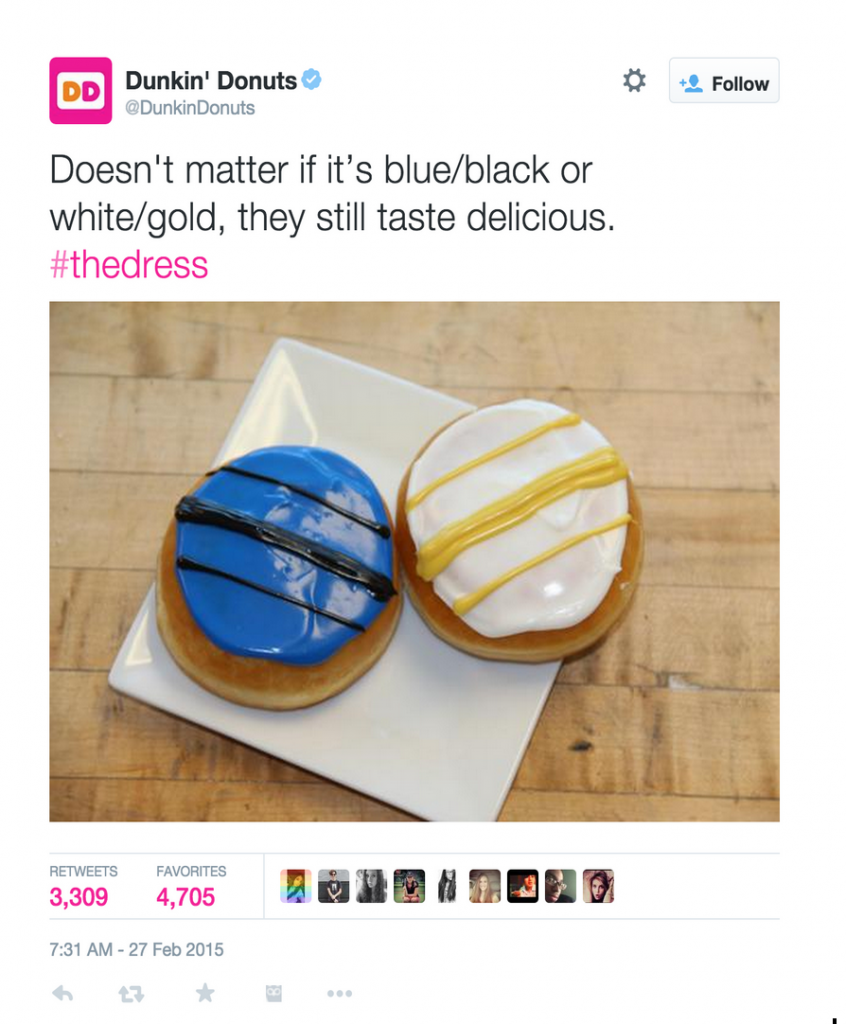
Another viral campaign was the “duct-taped banana” installation at Art Basel, where a banana taped to a wall went viral as part of Maurizio Cattelan’s “Comedian.”
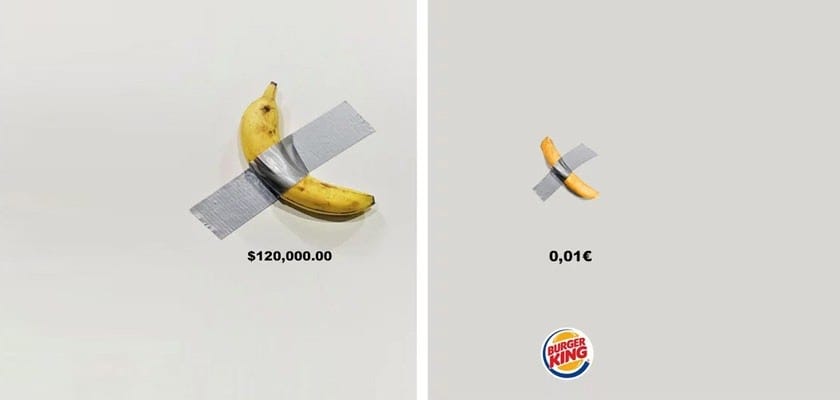
Many brands joined the trend to capture attention. Burger King stood out with quirky social posts in business that amplified the viral conversation.
Working with Viral Marketing Services
Many brands handle viral marketing in-house, but agencies and services provide expertise and resources that boost viral campaign success.
Types of Viral Marketing Services
Viral marketing services generally fall into several categories:
Content Creation Agencies create shareable formats for specific platforms and audiences. Their teams produce viral marketing content designed for strong reach and engagement.
Influencer Marketing Platforms link brands with creators who have established audiences. These platforms handle identification, outreach, and management, fueling viral campaigns with influencer reach.
Viral Campaign Management delivers end-to-end viral campaign support, covering creative planning, execution, and performance tracking. Specialized teams manage each part of viral marketing.
Social Listening and Amplification tracks online conversations to spot viral opportunities. They boost content that shows early traction, amplifying viral reach.
Selecting the Right Viral Marketing Partner
When evaluating potential viral marketing services, consider these factors:
1. Track Record: Look at past viral campaigns they’ve managed, especially within your industry or with similar audiences.
2. Platform Expertise: Check their knowledge of platforms that matter most to your audience. Strong platform experience supports viral marketing success.
3. Measurement Approach: See if they use analytics that go deeper than vanity metrics. The best viral campaign partners measure true impact on reach, engagement, and conversions.
4. Creative Alignment: Make sure their creative work matches your brand voice and values. Viral campaigns succeed when the message feels authentic.
5. Distribution Strategy: Review how they seed content and amplify reach. Strong viral marketing partners plan initial exposure that sparks organic sharing.
Frequently Asked Questions
1. What is viral marketing in digital marketing? How does it work?
Viral marketing encourages people to share content about a brand’s products or services, mainly on social media. The strength of viral marketing lies in how quickly content spreads when people like it enough to share.
Behind the scenes, brands put in heavy creative work since only a small percentage of content goes viral. Emotional content and relatable opinions increase the chances of success. Viral campaigns often aim to spark joy, surprise, or curiosity. Influencers can triple their reach by sharing campaigns across multiple social platforms with formats like reels, tweets, and stories.
2. What are the types of viral marketing?
The main types of viral campaigns include:
1. Emotional viral marketing: Content that sparks joy, anger, laughter, or tears.
2. Incentivized viral marketing: Contests or giveaways that reward sharing.
3. Engineered viral marketing: Campaigns intentionally built for mass reach.
4. Pass-along viral marketing: Content shared from one person to another in a chain.
5. Buzz viral marketing: Attention created through ads or messages designed to spark conversation.
3. How do I make my brand viral?
Steps to help a brand go viral:
1. Create content that taps into emotions.
2. Use creativity and humor in ads.
3. Tell stories that connect deeply.
4. Launch multiple campaigns to keep audiences engaged.
5. Make campaigns easy to share across platforms.
4. How to go viral on social media?
Viral marketing campaigns require persistence and groundwork alongside luck. To boost your chances of going viral, take care of the following:
– Post campaigns across multiple platforms more than once.
– Make content relatable and authentic.
– Spark emotions with stories and ideas.
– Use influencer marketing to expand reach.
– Run contests or giveaways.
5. How to make things viral?
– Use trending topics and news.
– Focus on video content.
– Add humor or controversy.
– Partner with influencers.
– Launch fun contests.
– Use hashtags that boost discovery.
6. How to create a viral marketing campaign?
Creating a viral marketing campaign involves these key steps:
– Understand your target audience and what they like.
– Make content that people want to share and enjoy.
– Share your content on social media and encourage others to do the same.
– Work with popular people or influencers to promote your campaign.
– Use humor or emotions to make your content memorable.
– Release your campaign at the right time to catch people’s attention.
7. How to make a social media campaign go viral?
To make a social media campaign go viral:
– Post at the right time.
– know your audience.
– Post on the right social media platform.
– Create compelling and shareable content.
– Collaborate with the right influencers.
– Use hashtags and trends relevant to your campaign.
8. What are some of the viral marketing examples?
Here are some popular examples of viral marketing campaigns;
1. Oreo’s “Dunk in the Dark”: A witty Super Bowl tweet during a blackout.
2. Nike’s “Just Do It”: Ads featuring athletes that inspire and spread.
3. Wendy’s Twitter Roasts: Humorous replies that went viral.
9. What are some of the viral branding examples?
Here are some well-known viral branding examples:
1. Apple: Minimalist branding that inspires loyalty.
2. Coca-Cola’s “Share a Coke”: Personalized bottles that spread online.
3. IKEA’s DIY branding: The “IKEA Effect” made customers feel invested.
4. Spotify Wrapped: Personalized yearly reviews shared across social media.
10. What are some of the viral content examples?
Here are some well-known examples of viral content/posts:
1. “Gangnam Style: Psy’s global music video sensation.
2. Baby Shark Dance: Viral children’s video.
3. The Dress: Viral Color debate that dominated the internet.
4. Kiki Challenge: Dance craze to Drake’s song.
5. Salt Bae: A chef’s unique salt sprinkle.
6. Distracted Boyfriend: Meme stock photo reused globally.
11. What does viral marketing production involve?
Viral marketing production involves creating content that is emotional, unique, and shareable. Use humor and authenticity, collaborate with influencers, and engage the audience on social media. Timing, promotion, and analyzing results are vital for success.
12. How do companies increase the likelihood that their videos will go viral?
To increase the likelihood of videos going viral, companies can:
1. Make emotional, unique, and funny content.
2. Work with influencers.
3. Encourage audience interaction.
4. Use authentic stories.
5. Promote across platforms.
6. Design mobile-friendly videos.
13. How to make your clothing brand go viral?
To make your clothing brand go viral:
1. Unique Brand Identity: Create a distinct and memorable brand identity that sets you apart from competitors.
2. High-Quality Products: Offer well-designed and quality clothing that customers will love and recommend.
3. Social Media Presence: Be active on social media platforms and post engaging content regularly.
4. Influencer Partnerships: Collaborate with influencers or brand advocates to reach a larger audience.
5. User-Generated Content: Encourage customers to share photos wearing your clothes and repost their content.
6. Contests and Giveaways: Run fun and exciting contests or giveaways to boost engagement and attract new customers.
7. Limited Editions and Drops: Create a sense of urgency by offering limited edition items or periodic product drops.
8. Embrace Trends: Stay up-to-date with fashion trends and incorporate them into your designs.
9. Customer Engagement: Interact with your audience, respond to comments, and make them feel valued.
10. Word-of-Mouth: Provide an exceptional customer experience to encourage word-of-mouth referrals.

Debbie Moran is a Digital marketing strategist with 5+ years of experience producing advertising for brands and helping leaders showcase their brand to the correct audience. She has been a part of RecurPost since 2019 and handles all the activities required to grow our brand’s online presence.





